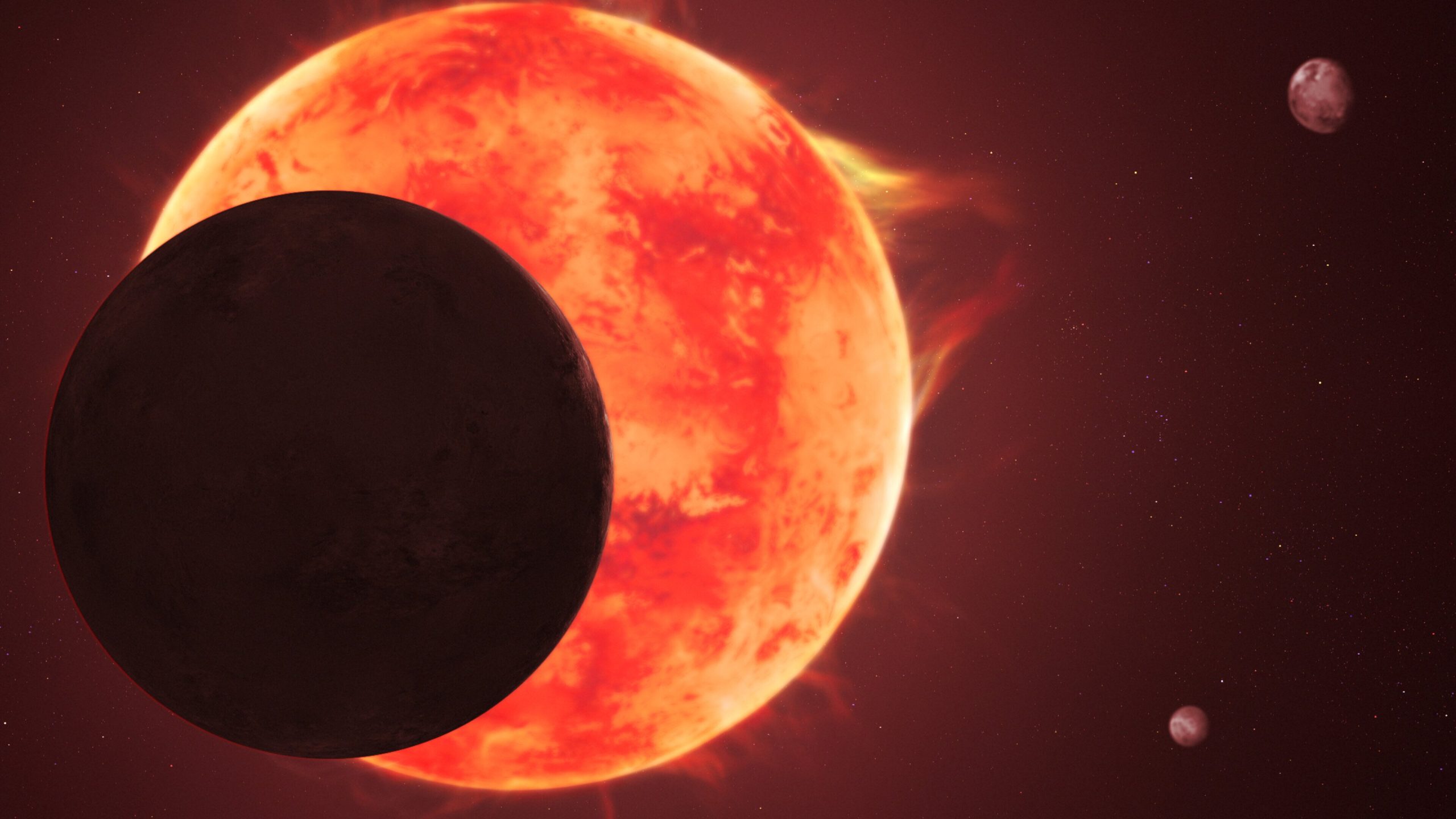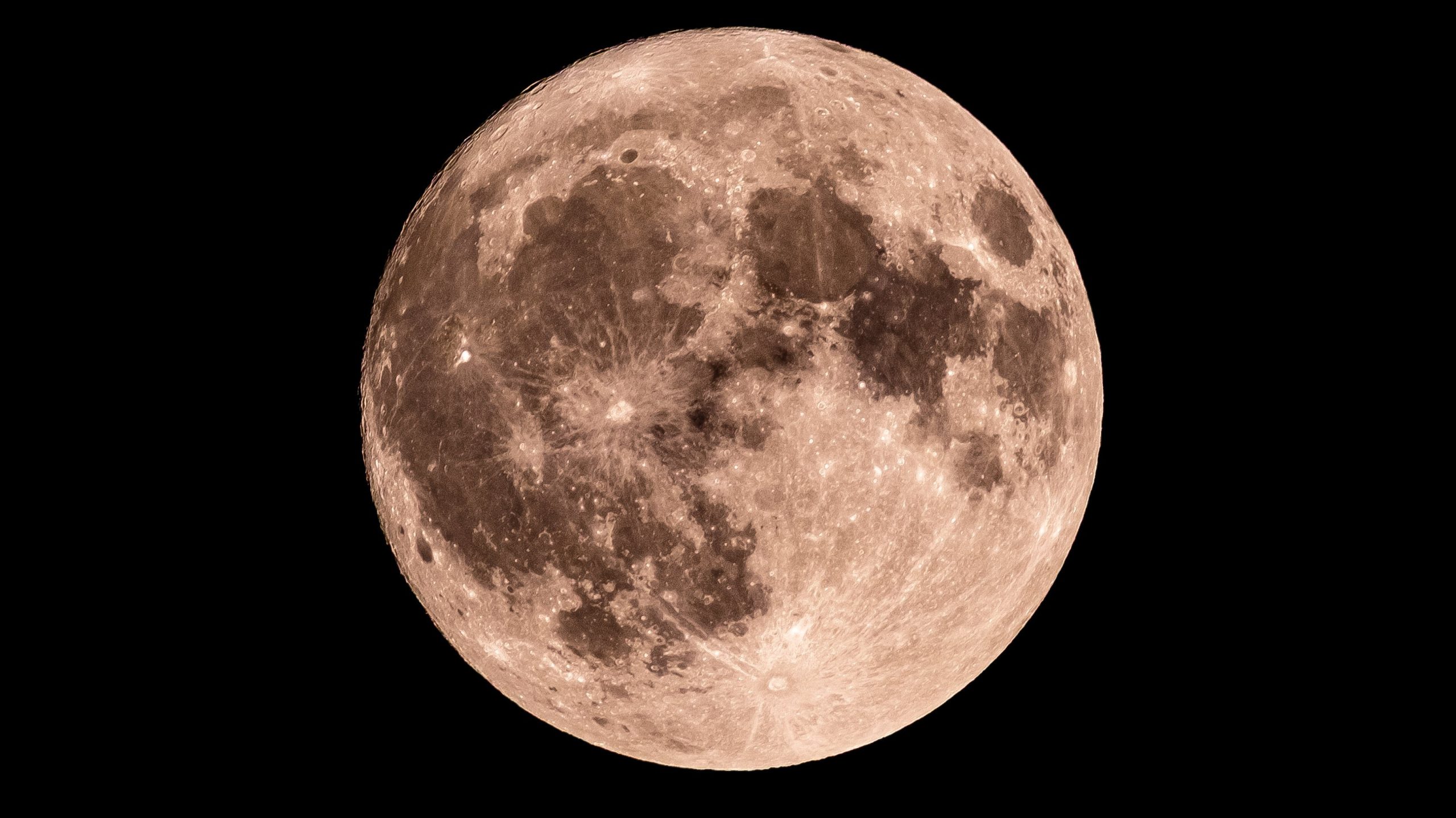The Webb telescopes look at an Earth-size alien planet was bleak

As scientists delve deeper into a star system with seven rocky worlds, the prospect of one being a habitable planet seems to be quickly fading.
Researchers who used the James Webb Space Telescope, a joint partnership of NASA and its European and Canadian counterparts, determined the third planet from the TRAPPIST-1 star is unlikely to have air. For anyone keeping count, that’s strike three for the system, which lies about 40 light-years away from Earth in space.
The new findings on exoplanet TRAPPIST-1d, published in The Astrophysical Journal on Wednesday, mirror similar results for TRAPPIST-1b and TRAPPIST-1c, which orbit closer to their red dwarf host, a tiny-yet-violent type of star found throughout the galaxy.
“On a personal level, of course, there’s a part of me that would have loved to see signs of air on TRAPPIST-1d,” Caroline Piaulet-Ghorayeb, a University of Chicago fellow and lead author of the paper, told Mashable. “Science isn’t about hoping for a yes, it’s about finding what’s real. So here we’ve learned that TRAPPIST-1d is not an Earth twin.”
Astronomers discovered the TRAPPIST-1 system about eight years ago with the now-retired Spitzer Space Telescope. Soon they made the swarming exoplanets a priority for investigating their potential for life, with all seven roughly the size of Earth.
Scientists were particularly interested in finding out whether the TRAPPIST planets have atmospheres, because red dwarfs are the most ubiquitous kind of star in the Milky Way. If these planets can retain atmospheres, even while subjected to close-range blasts of stellar radiation, perhaps an abundance of other worlds out there could, too.
Credit: NASA / JPL-Caltech illustration
When TRAPPIST-1b and TRAPPIST-1c didn’t appear to have atmospheres, the research community wasn’t deterred, as neither sibling planet was predicted to have one, given how close they are to the star.
But TRAPPIST-1d, which circles the star every four days, is a different story. This exoplanet is on the cusp of the star’s theorized habitable zone — the region of space where worlds might be able to have lakes and oceans on their surfaces.
“Science isn’t about hoping for a yes, it’s about finding what’s real.”
Webb observed TRAPPIST-1d with a method called transmission spectroscopy. When a planet crosses in front of its host star, starlight should shine through its atmosphere, if there is one. Molecules within an atmosphere absorb certain light wavelengths, or colors, so astronomers can look for missing segments of the rainbow to figure out chemicals in its composition. The researchers looked for things like water vapor, methane, carbon dioxide, and sulfur dioxide.
But first, the team had to account for so-called “stellar contamination.” Just like the sun, red dwarfs can get sunspots, so their starlight isn’t completely uniform. Variability in the light signals can obscure or even imitate signals coming from a planet. After correcting for this problem in the data, the researchers found no clear signs of gases.
That means scientists can rule out certain types of atmospheres, like the thick hydrogen-rich atmosphere of Neptune, or a cloud-free atmosphere akin to that of early Earth. But a few other potential scenarios could explain the results without the planet having to be a barren rock. It could have an extremely thin atmosphere, sort of like Mars, that would be difficult to detect with this method, Piaulet-Ghorayeb said, or it could have thick, high-altitude clouds blocking atmospheric signatures, perhaps like Venus.
“We also learned something about what the best way to even look for water in the atmosphere of these temperate planets might be,” she said. “Maybe transmission spectroscopy isn’t it.”
Whether red dwarf stars, sometimes called M-type, can harbor planets with atmospheres is a key question for Webb to answer. The observatory has begun a massive study of rocky worlds, first reported by Mashable, specifically to figure out if planets orbiting closely around them could have air. Rather than transmission spectroscopy, the survey will rely on a different method, called the secondary eclipse technique, which avoids some of the stellar contamination issues.
The team says not to give up on the TRAPPIST system just yet. After all, planets E, F, G, and H could have a better chance of holding onto their atmospheres because they’re farther from the star’s flares, which can strip away a planet’s atmosphere. In particular, TRAPPIST researchers are looking forward to studying E, the fourth planet from the star.
The challenge for Webb will be overcoming the planets’ more extreme distance and colder environments, which make atmospheric readings more difficult.
What makes Piaulet-Ghorayeb hopeful about the continued quest for rocky worlds with water and air is the milestone achieved.
“For the first time, if there had been an Earth-like atmosphere on a temperate terrestrial planet, we could have found it,” she said. “And I don’t think that in any study before, with any instrument that we had before, we could really get to that level of precision.”
Mashable







